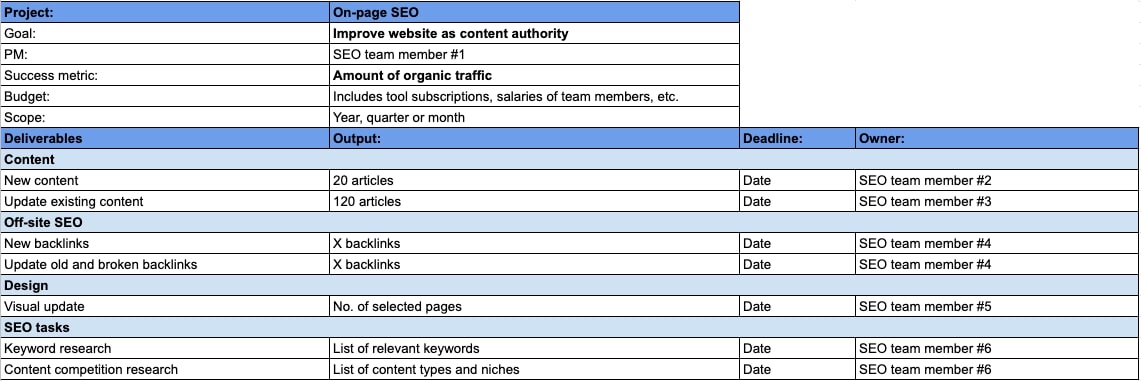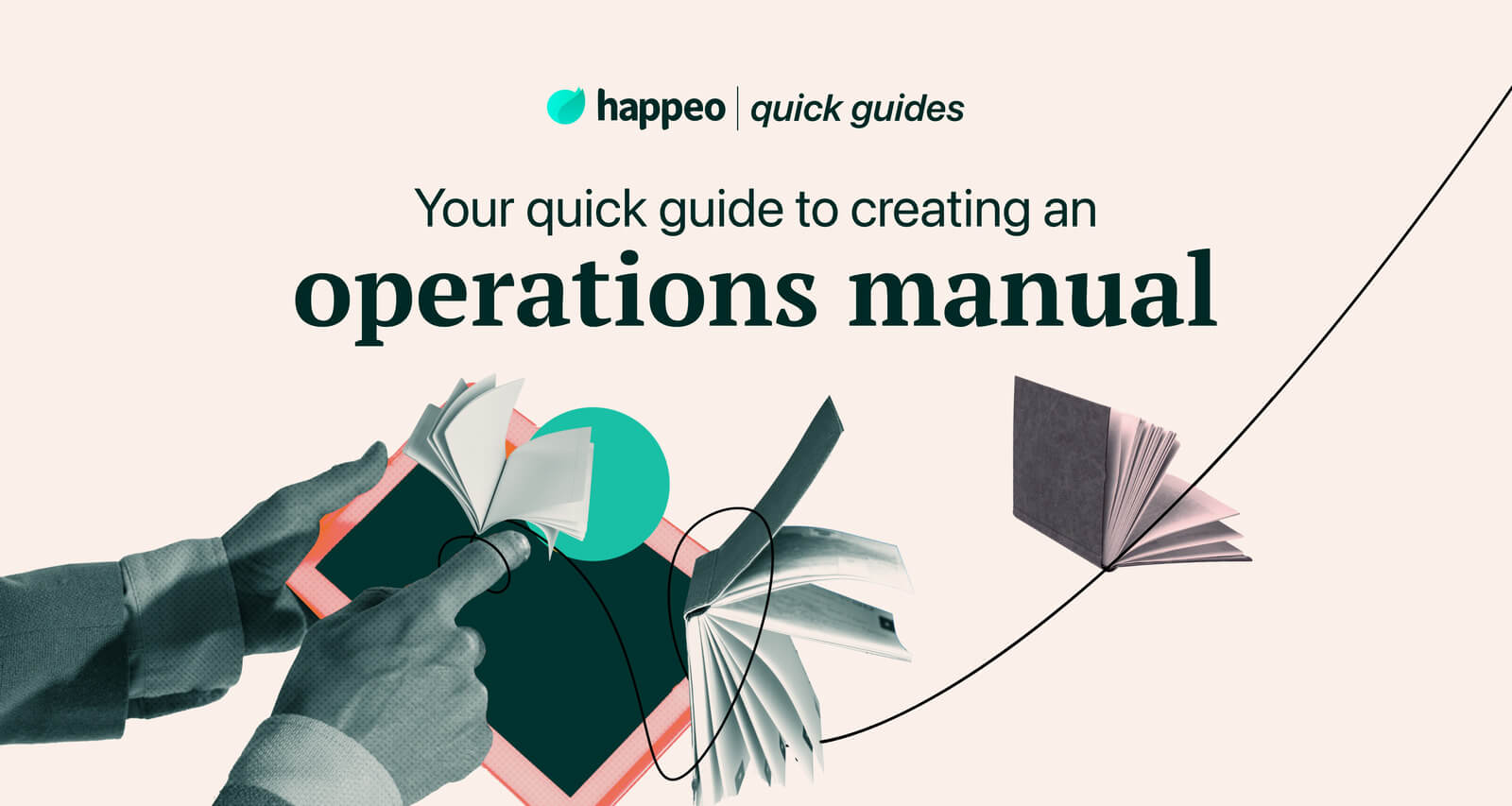
Quick guides
Your quick guide to creating an SEO roadmap [incl. template]
![Your quick guide to creating an SEO roadmap [incl. template]](https://www.happeo.com/hubfs/Happeo-Website-Assets/New/blog/Blog_101518920038_featured.jpg)
5 mins read
Start building your digital home with Happeo
Request a demoQuick guides
Platform
Use cases
Solutions
Happeo for
Resources
Explore
Support
Available now
Use Cases
Capabilities
Happeo For
Comparisons
Explore
Support
Recent

Jack Saville
5 mins read
If you’re reading this, chances are you’re looking to centralize your SEO strategy, goals and deliverables in one handy document. In times of rising digital advertising costs, an SEO strategy can be a cost-effective way to drive high-quality, organic traffic to your website.
While there are many moving parts to SEO, an SEO roadmap can help you:
An SEO roadmap should be an essential component of any digital marketing strategy. Like with any strategy, roadmaps help to point your team in the right direction, and keep everyone on track to reach important milestones.
Creating and using an SEO roadmap is hugely beneficial to a digital marketing team working on boosting your company’s search engine rankings. Here are some reasons why:
Now that you know the benefits of creating an SEO roadmap, let’s look at an example of an SEO project in a roadmap:

This SEO roadmap template from Whatagraph is a useful starting point for creating your own roadmap. It outlines all the important details needed on a project page, such as goals, success metrics, project owners, deliverables, and deadlines. At a glance you can see what the main goal is, who’s responsible for the specific tasks, and the scope of the project.
Like with any template, there is always room for development and improvement. For instance, in the budget section, you could list all the SEO tools needed and the monthly costs. Additionally, you could create a month by month overview to make the roadmap more like a timeline instead of just a list of deliverables.
And finally, the more specific the tasks, the better. For example, you could replace “keyword research” with “find 10 long-tail keywords”, or list the different types of publications for backlinks, such as other company blogs, news outlets, and industry specific online magazines.
An SEO roadmap is a collection of ongoing and upcoming projects designed to help you execute your overall SEO strategy. Each project page should contain clear goals, deliverables, milestones, and deadlines.
Ready to start creating your own SEO roadmap? Here are some tips to get you started:
Whether you’re aiming to rank higher for a competitive keyword, get high-quality backlinks, or increase conversions from organic traffic, you should always define this in the project overview. You can keep the goal high level for now as you’ll dive into the specific metrics for success in the next section.
Once you’ve defined your goal, it’s time to identify the metric(s) that would signify success. Using the examples above, this could be ranking 2nd for a competitive keyword, getting 20 high-quality backlinks, or increasing organic traffic conversions by 10%.
The final section in the project overview should detail the length of the project and, if applicable, the budget allocated to the project. To make your goals even more tangible, you could include the timeframe: get 20 high-quality backlinks to the homepage in 3 months.
This section should outline all the steps and tasks required to get you closer to your ultimate goal. The key here is to be as descriptive as possible. For example, if you want to increase your keyword ranking by creating SEO content, it’s a good idea to individually list the titles of the different articles that need to be created, the deadlines, and the task owner(s).
With an SEO roadmap it’s easy to focus too much on the planning side of things, but you shouldn’t forget to continuously measure your SEO performance. That’s why you should add a section where you track your SEO results, either every month or every quarter.
You can use tools like Ahrefs to view keyword rankings or Google Analytics to see the number of organic website visitors. This also allows you to see which techniques are driving the best results for your business.
You can create your very own SEO roadmap template in Happeo. With Happeo’s Page Templates you can choose from a selection of ready-made templates, apply your own branding and deploy it in a matter of minutes. You can also create your own custom template without needing to code, just drag and drop the sections you need.
